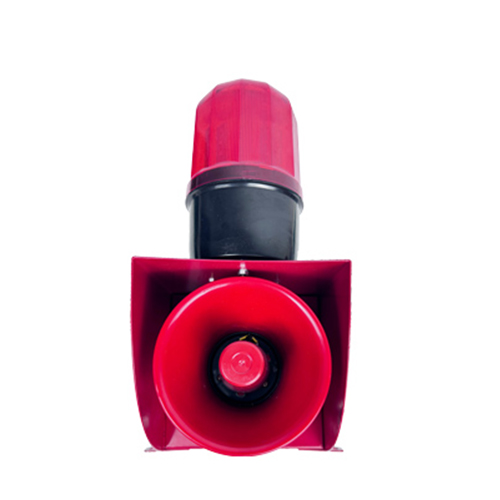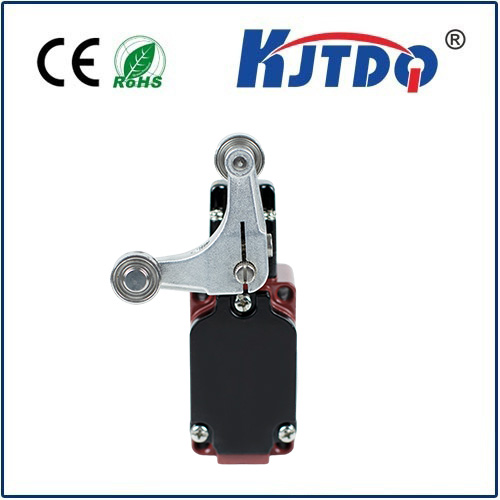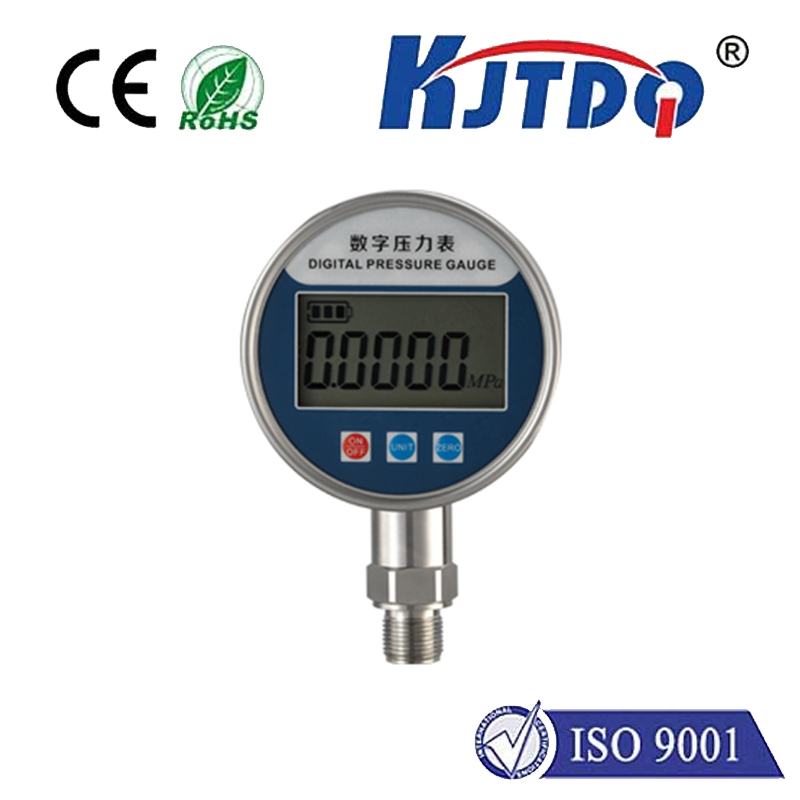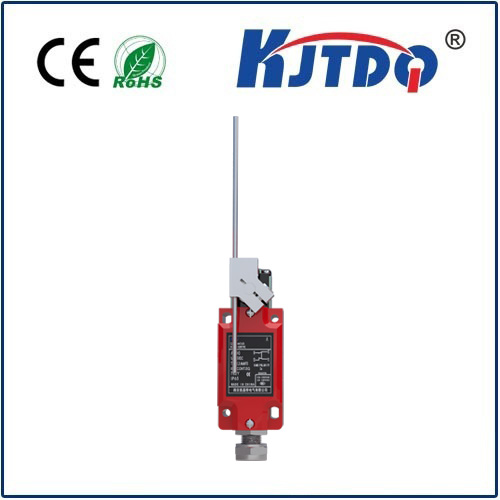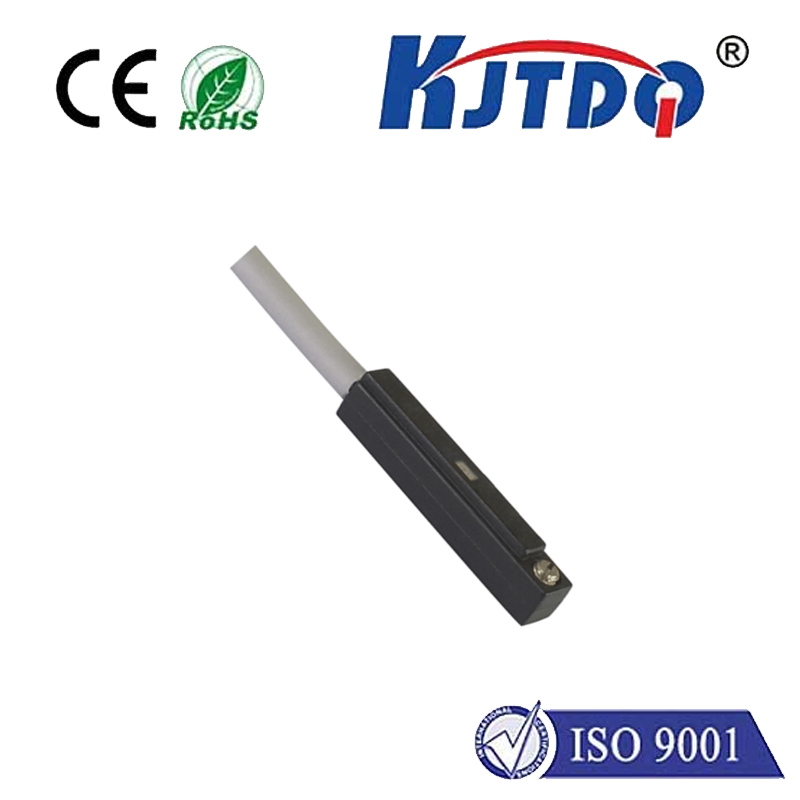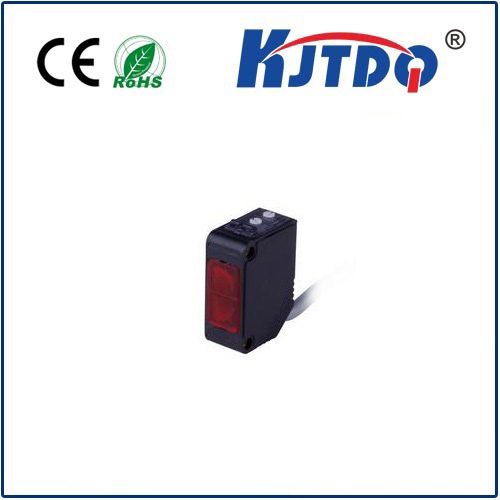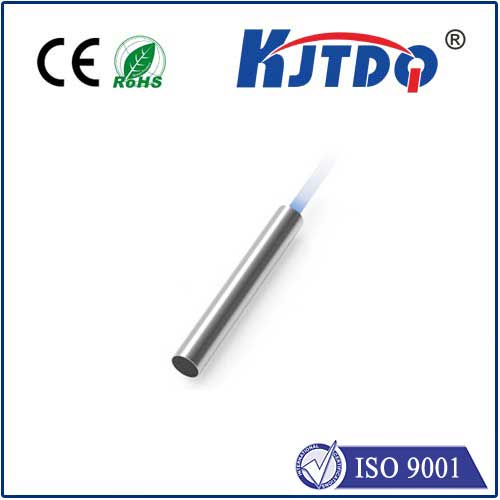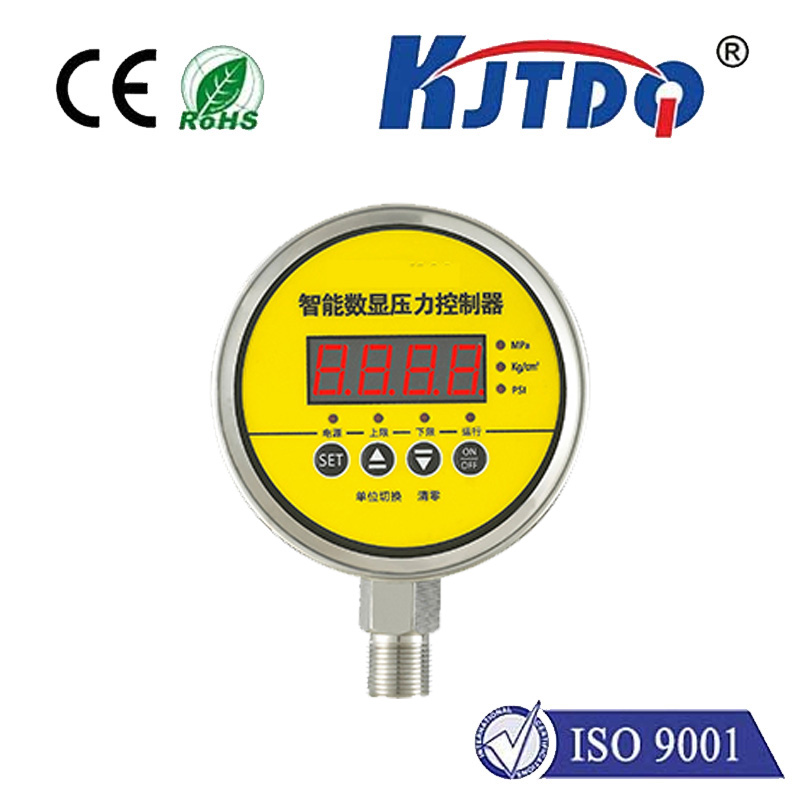

check

check

check

check

check

check

check

check

check

check
The non-flush proximity sensor, a technological marvel of modern times, has revolutionized industrial automation by providing unparalleled accuracy and reliability. In this article, we delve into the intricacies of this cutting-edge technology, exploring its unique features, applications, and future prospects.
At its core, a non-flush proximity sensor is a type of sensor that detects physical contact between two objects, without disrupting the surface of either object. Unlike flush sensors, which require a clear path for the signal to travel, non-flush sensors can operate in dirty or contaminated environments, making them ideal for use in harsh industrial settings. The sensor's ability to detect even the slightest changes in distance or angle allows for precise and efficient control of machinery and equipment, leading to increased productivity and reduced operational costs.
One of the key advantages of non-flush proximity sensors is their versatility. These sensors can be used in a wide range of applications, from manufacturing and logistics to healthcare and automotive industries. For instance, in manufacturing, non-flush sensors are employed to monitor the movement of robots and other automated equipment, ensuring proper functioning and preventing potential accidents. In logistics, they help manage inventories by detecting when items are approaching their designated storage areas. In healthcare, they are used to monitor patient vital signs and prevent unnecessary visits to the hospital.
Another notable feature of non-flush proximity sensors is their ability to operate on different types of media. These sensors can be designed to work with various materials, including metal, plastic, glass, and ceramics. This adaptability makes them suitable for use in diverse industries, where materials may vary significantly. Furthermore, some non-flush sensors can be configured to operate at various temperatures and humidity levels, further expanding their applicability.
As the world becomes increasingly automated, the demand for non-flush proximity sensors is set to grow exponentially. According to market research firm Statista, the global market for proximity sensors was valued at over $2 billion in 2020 and is expected to reach nearly $5 billion by 2027. This growth is driven by factors such as advancements in technology, increasing adoption of IoT devices in industry, and growing consumer demand for smart homes and connected devices.
In conclusion, non-flush proximity sensors have emerged as a game-changer in industrial automation, offering unprecedented efficiency, accuracy, and versatility. Their ability to operate in dirty or contaminated environments and across multiple materials and temperatures make them indispensable tools across a wide range of industries. With the continued development of technology and increasing adoption of IoT devices, the future looks promising for this innovative technology
